By Cory Connolly, Originally published on Mosaic
Some of the most recognizable locations in the world are now becoming world famous solar sites. Solar has yet to go mainstream, but it serves as an icon of progress and technological advancement. Iconic structures and locations – new and old – across the globe are going solar and are reinforcing solar’s iconic nature.
The location of these solar panels helps expose millions of new people to solar technologies. Solar’s presence in high profile locations encourages people to consider how their energy is generated and, just as importantly, it’s becoming clear that solar can work just about anywhere.
The point is solar is popping up all over the place! You may come to expect it in your neighborhood, but solar is also appearing in some of the most culturally significant places in the world.
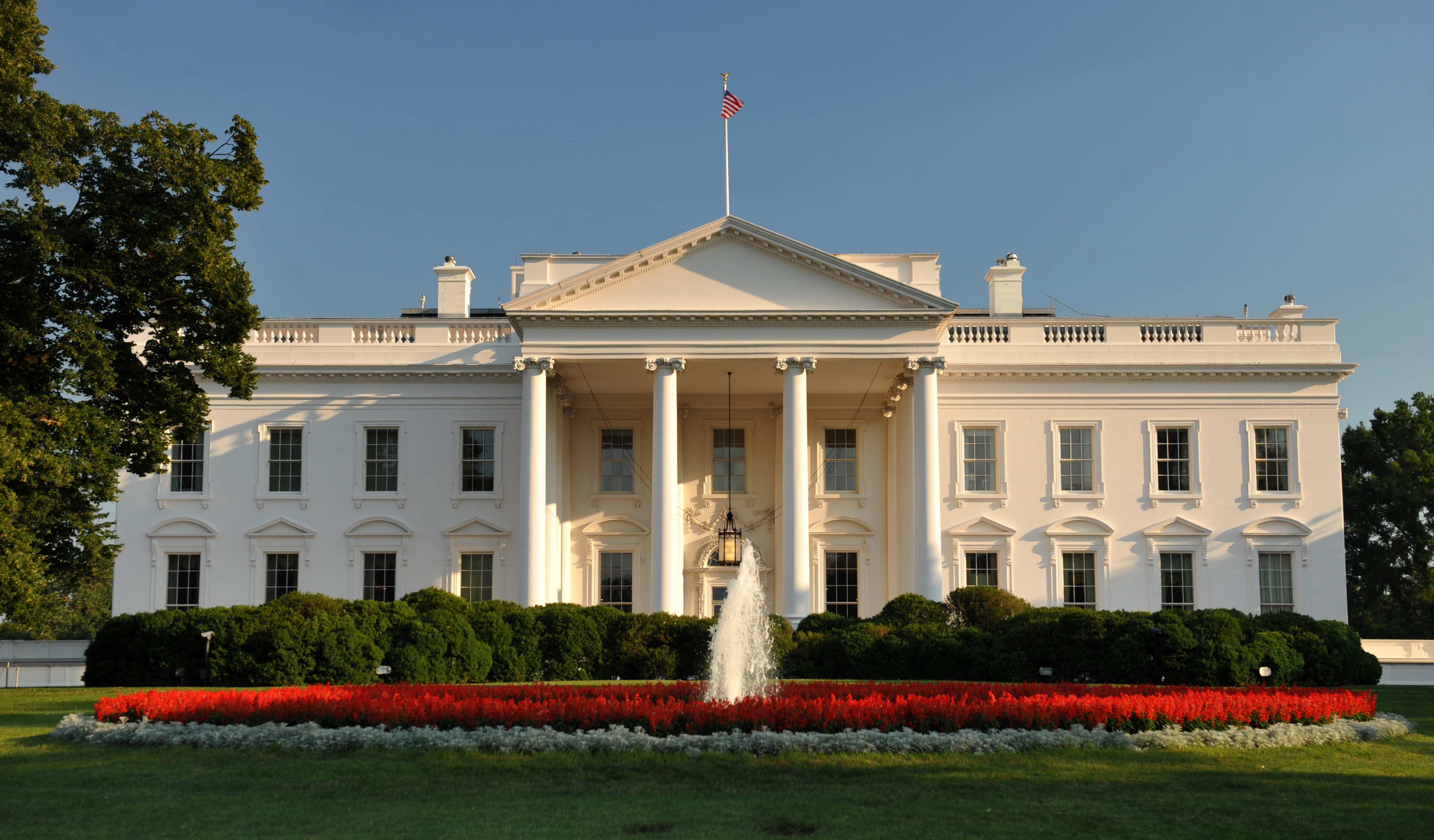 1. White House, Washington, DC, United States
1. White House, Washington, DC, United States
While solar had been utilized at the White House at various times since the Carter administration, in 2013, President Obama put solar photovoltaic panels on the White House after pressure from a number of grassroots organizations. (more about the installation and the history of solar on the White House ). Despite the small size – the array is said to be approximately 16kw – it’s a powerful gesture.
Beyond the White House, other official residences are adopting solar as well, including in the president of the Maldives. There is even an international movement on the topic: Heads of State campaign is helping more countries develop national level campaigns and donating systems for national residences. If governments continue to put solar on some the most noteworthy buildings, hopefully their citizens will follow suit.
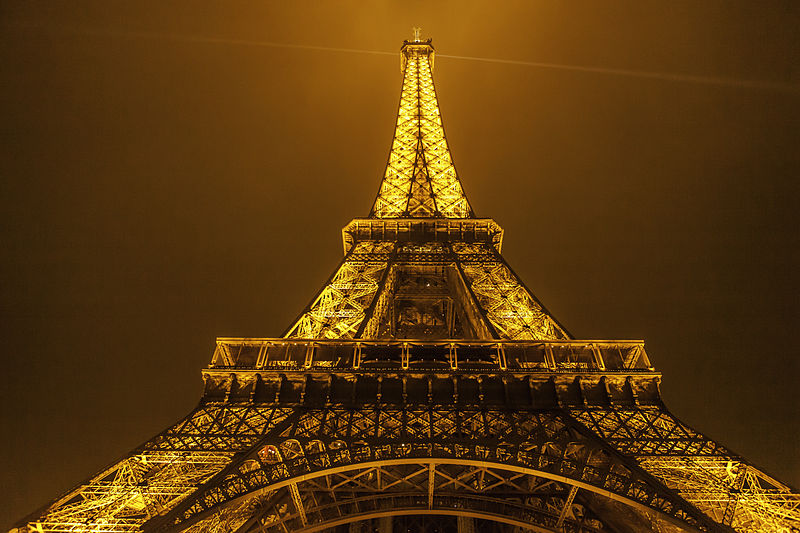 2. Eiffel Tower, Paris, France
2. Eiffel Tower, Paris, France
The Eiffel Tower is putting solar on some of the buildings that are a part of the monument. The iconic structure located in Paris, France is 124 years old, hosts nearly 7 million visitors per year, and – if you are wondering where its energy usage comes from – uses 20,000 light bulbs to light the tower at night. More than just solar, the Eiffel Tower also underwent significant energy efficiency upgrades and added onsite wind power, among other sustainability measures.
3. Taj Mahal, Agra, India
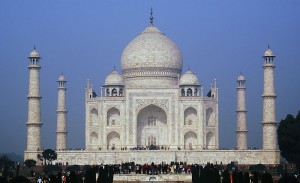 While, you can’t exactly say that this one “put solar on it,” the Indian city of Agra, home to the Taj Mahal, is set to be India’s first solar city. The 5 year plan would result in the generation of approximately 10% of the city’s electricity from solar. The Taj Mahal – considered one of the most famous and beautiful buildings in the world – has actually been threatened by air pollution for years. This move, less about climate, is more about acute air pollution and the negative impacts, namely acid rain, it is having on one of India’s and the world’s most treasured buildings. After many efforts, the Indian government has turned to solar as a solution – hopefully putting solar on it can prove to be a solution for such an amazing cultural hub.
While, you can’t exactly say that this one “put solar on it,” the Indian city of Agra, home to the Taj Mahal, is set to be India’s first solar city. The 5 year plan would result in the generation of approximately 10% of the city’s electricity from solar. The Taj Mahal – considered one of the most famous and beautiful buildings in the world – has actually been threatened by air pollution for years. This move, less about climate, is more about acute air pollution and the negative impacts, namely acid rain, it is having on one of India’s and the world’s most treasured buildings. After many efforts, the Indian government has turned to solar as a solution – hopefully putting solar on it can prove to be a solution for such an amazing cultural hub.
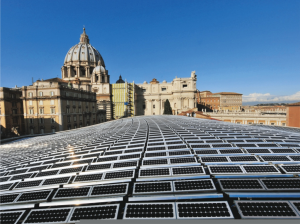 4. The Vatican, Vatican City
4. The Vatican, Vatican City
Complaints about solar panels ruining the historic beauty of neighborhoods are heard often in the United States, but it’s hard to take such complaints seriously when you know that Vatican City is home to its own set of solar arrays. Not only has the Vatican installed solar panels, it is considered the first ever “solar nation-state” after spending $660 million to install enough solar to power all 40,000 of its households. As pointed out by John Stellar, places of worship are increasingly adopting solar and it seems only fitting that the Vatican is helping lead the way.
5. Burj Khalifa, Dubai, United Arab Emirates
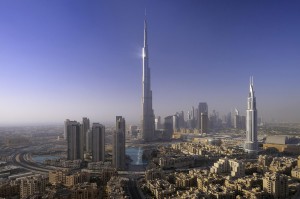 Currently the tallest building in the world, the Burj Khalifa is more modern than other location on this list. In line with the times, the building installed solar technology back in 2010. The 378 solar collectors are used to heat 14,000 litres of water every day and saves approximately 3200 kilowatts per day. Beyond these efforts, the building employs an innovative cooling system, which results in significant energy savings.
Currently the tallest building in the world, the Burj Khalifa is more modern than other location on this list. In line with the times, the building installed solar technology back in 2010. The 378 solar collectors are used to heat 14,000 litres of water every day and saves approximately 3200 kilowatts per day. Beyond these efforts, the building employs an innovative cooling system, which results in significant energy savings.